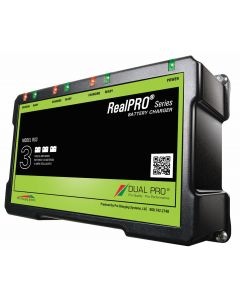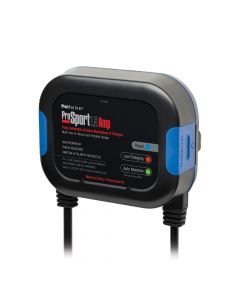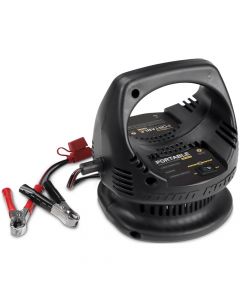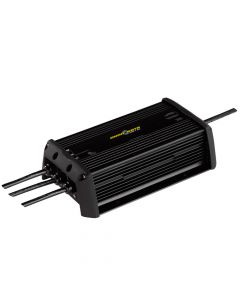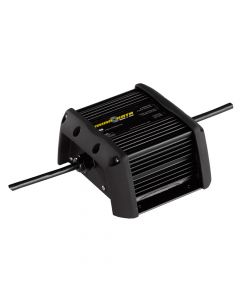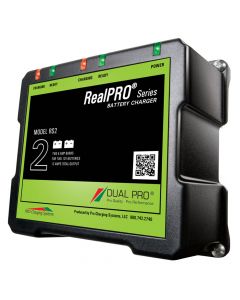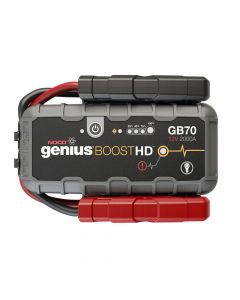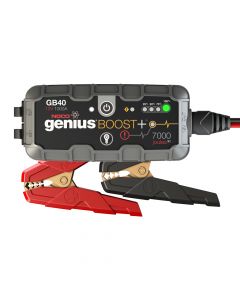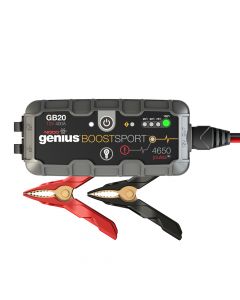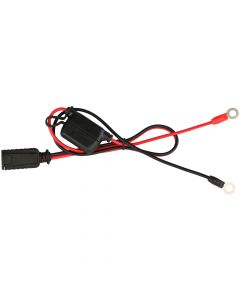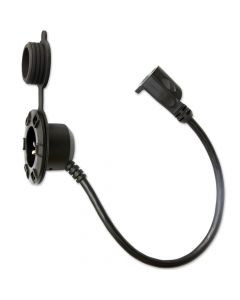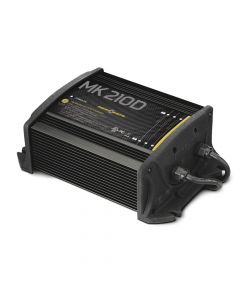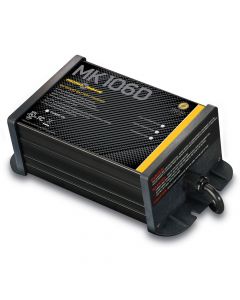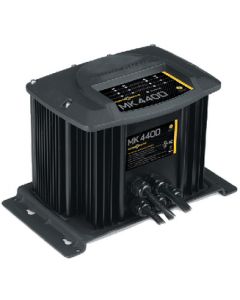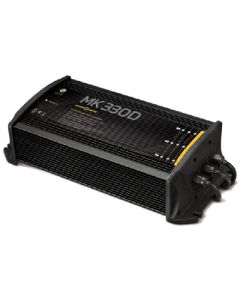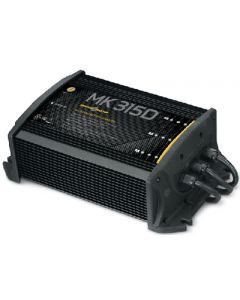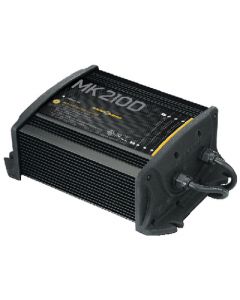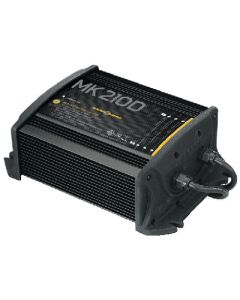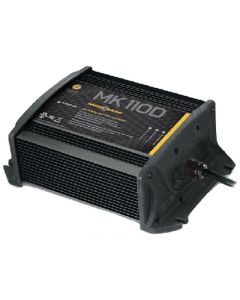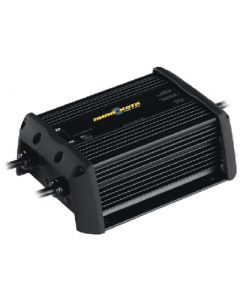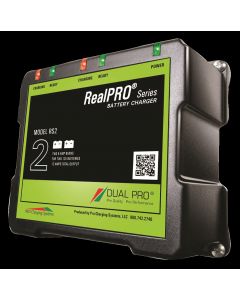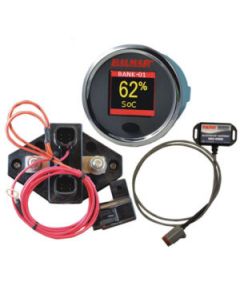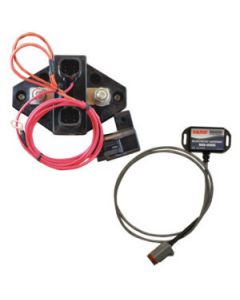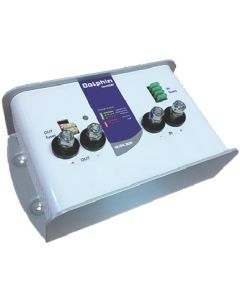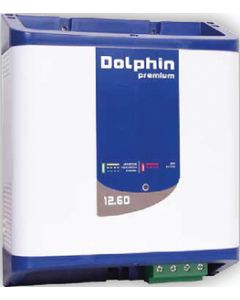Marine Battery Chargers How-Tos
Basics to Finding the Right Battery Charger
The most fundamental component of your boat's electrical system is the battery, which is why we carry a huge selection of marine-grade battery chargers, battery boxes, trays, ties downs, switches, battery isolators, terminals, inverters and more. Some of the competition may offer non-marine-grade batteries and components; don't be fooled! When you shop at iboats.com you can be confident that the battery parts and accessories you buy are made by brands such as Ancor, ProMariner, Xantrex, Guest, Minn Kota and SeaSense, which manufacturer products specifically designed for your boat and it's harsh and wet marine surroundings.
With so many battery chargers on the market and a massive variety of specs and features, finding the right charger for your boat can seem quite daunting.
The first step will be to do is qualify the attributes of the battery charger you plan to purchase. This includes determining the type of battery charger you'd like to use, how many batteries you want to charge at once (banks), amperage you'd like batteries charged at, AC input voltage, DC output voltage, and battery compatibility. The fact that features & attributes are mixed-and-matched to form specific products means there are a lot of options, but most features and attributes have little variations, making the decision making process simple.
For example if you limit your boating to the USA, you know you'll need a charger that provides an AC input voltage range that includes 120 volts. Have 3x lead-acid 12VDC batteries? You'll need a 3-bank 12v battery charger compatible with lead-acid batteries.
For a more thorough break-down of the standard features and options used by most onboard boat battery chargers, check-out our battery-charger guide at the bottom of thispage.
Blue Sea Systems Tech Tip: Charge Coordination Explained
Here you can learn how charge coordination works with our Tech Tip's thorough explanation.
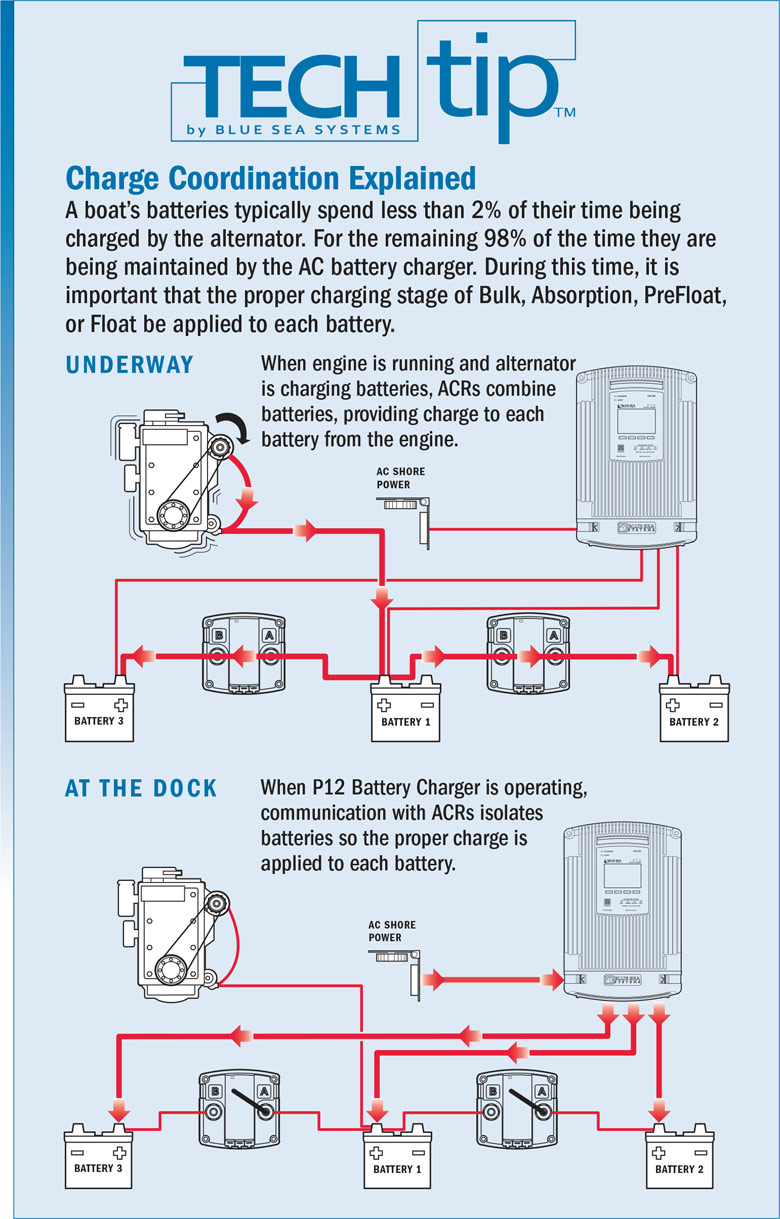
When charging batteries, the alternator plays the smallest part in the process. The alternator fulfills its duties in charging the battery, but the AC battery charger will maintain the charge. As the AC battery works to maintain the charge, this three-step charging stage must take place.
Bulk Charge
Bulk charge is a charge form that sends currents to batteries at the highest and safest capacity rate. It will accept voltage charges up to between 80 and 90%. The voltage amount usually ranges between 10.5 volts and 15 volts. Depending on the application, there might be limits on the maximum current that can be applied.
Absorption Charge
Absorption charge is the stage where voltage levels tend to remain the most consistent and then eases into an internal resistance that increases as it charges. The voltages will usually have risen to 14 to 15 volts.
Float Charge
The batteries, at this point, will have reached full capacity. The voltages will decrease their levels between 12 and 13 in order to prolong the life of the battery. Then a process known as pulse width modulation (PWM) takes control, in which, it seeks out tiny voltage drops in the battery and sends out short charging cycles to the battery. By the end of this stage, the voltage should be maintained at a level between 13.02 and 13.20 volts.
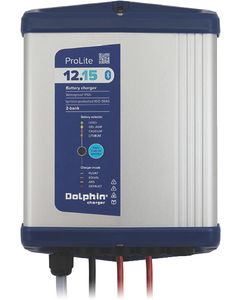 Scandvik NEW PROLITE Series Battery ChargerOut of stock
Scandvik NEW PROLITE Series Battery ChargerOut of stock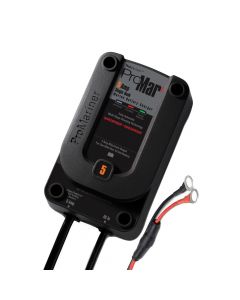 ProMariner ProMar ChargerOut of stock
ProMariner ProMar ChargerOut of stock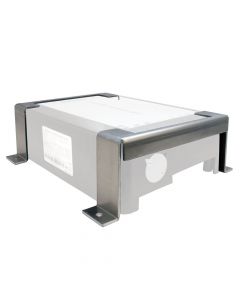 Powermania Mounting BracketOut of stock
Powermania Mounting BracketOut of stock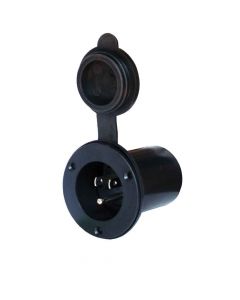 Powermania AC Plug PortOut of stock
Powermania AC Plug PortOut of stock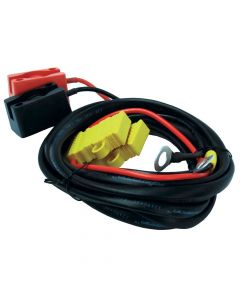 Powermania DC Extension CableOut of stock
Powermania DC Extension CableOut of stock

